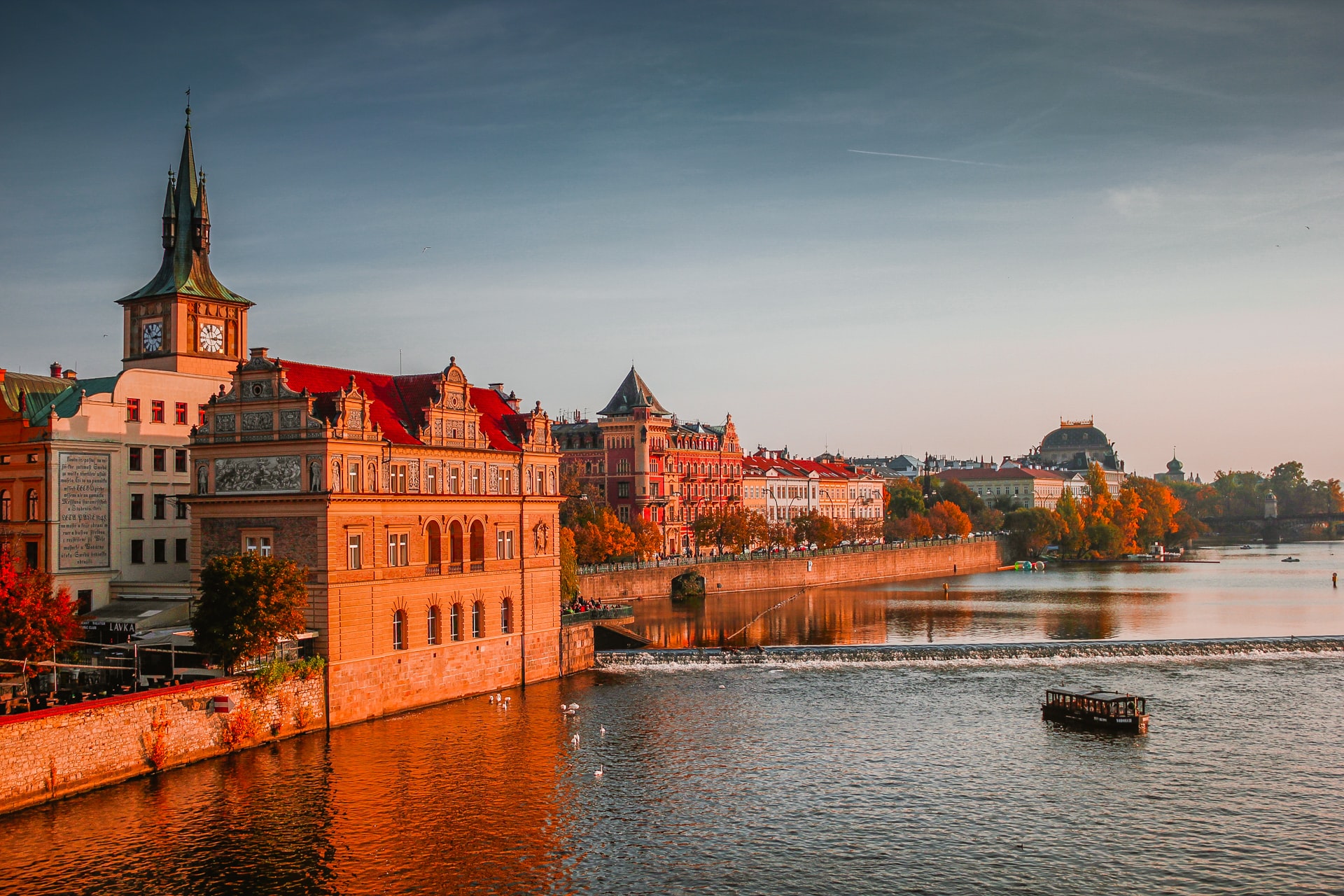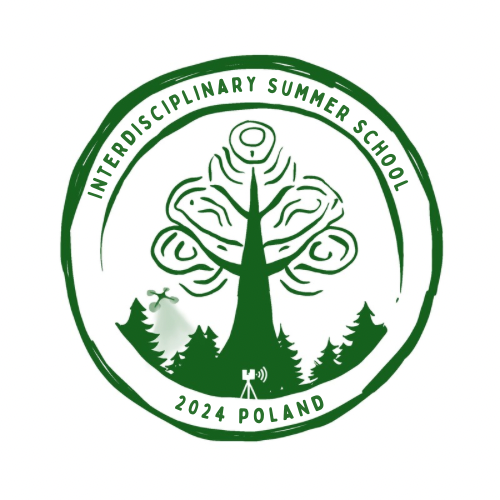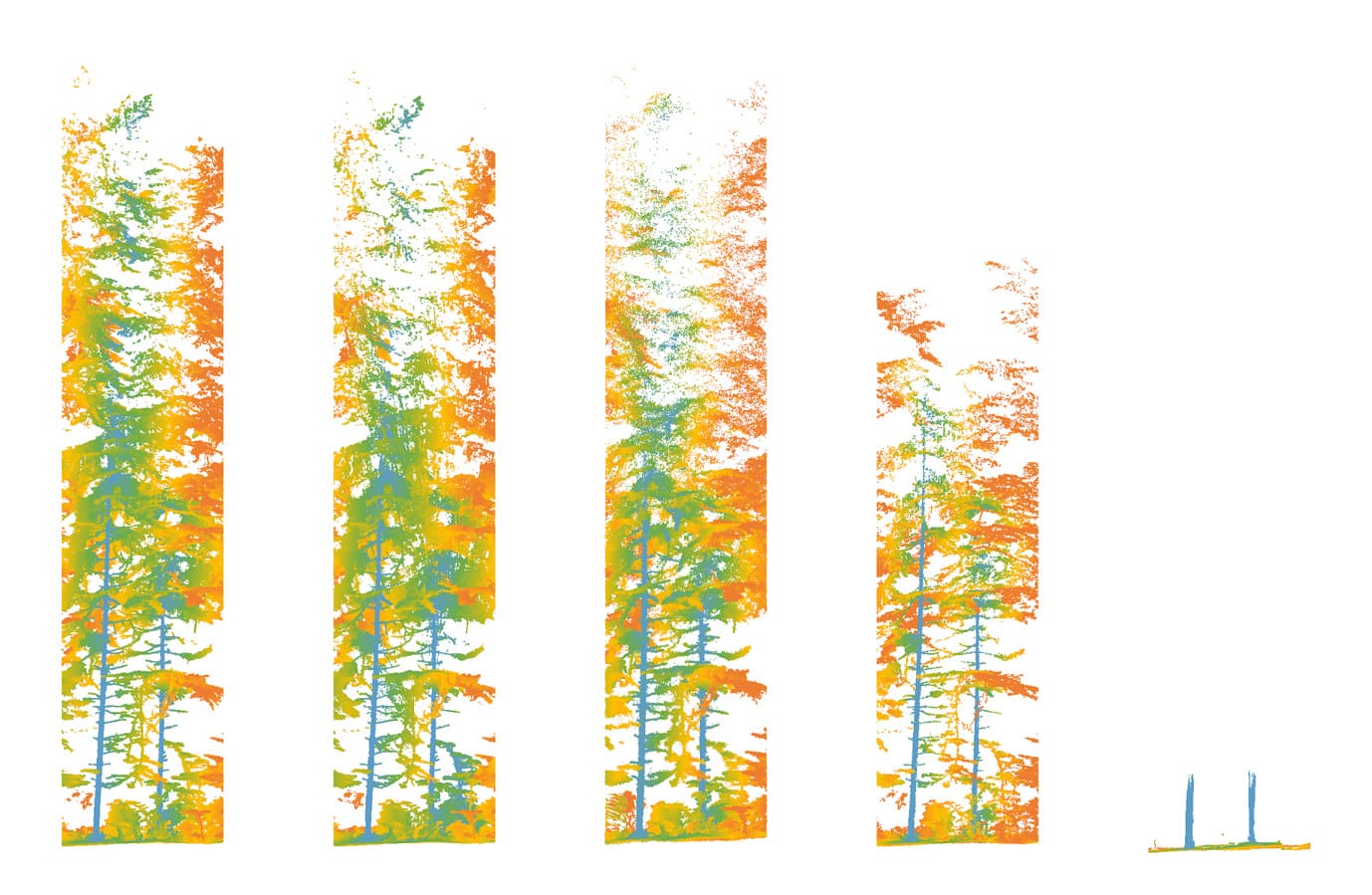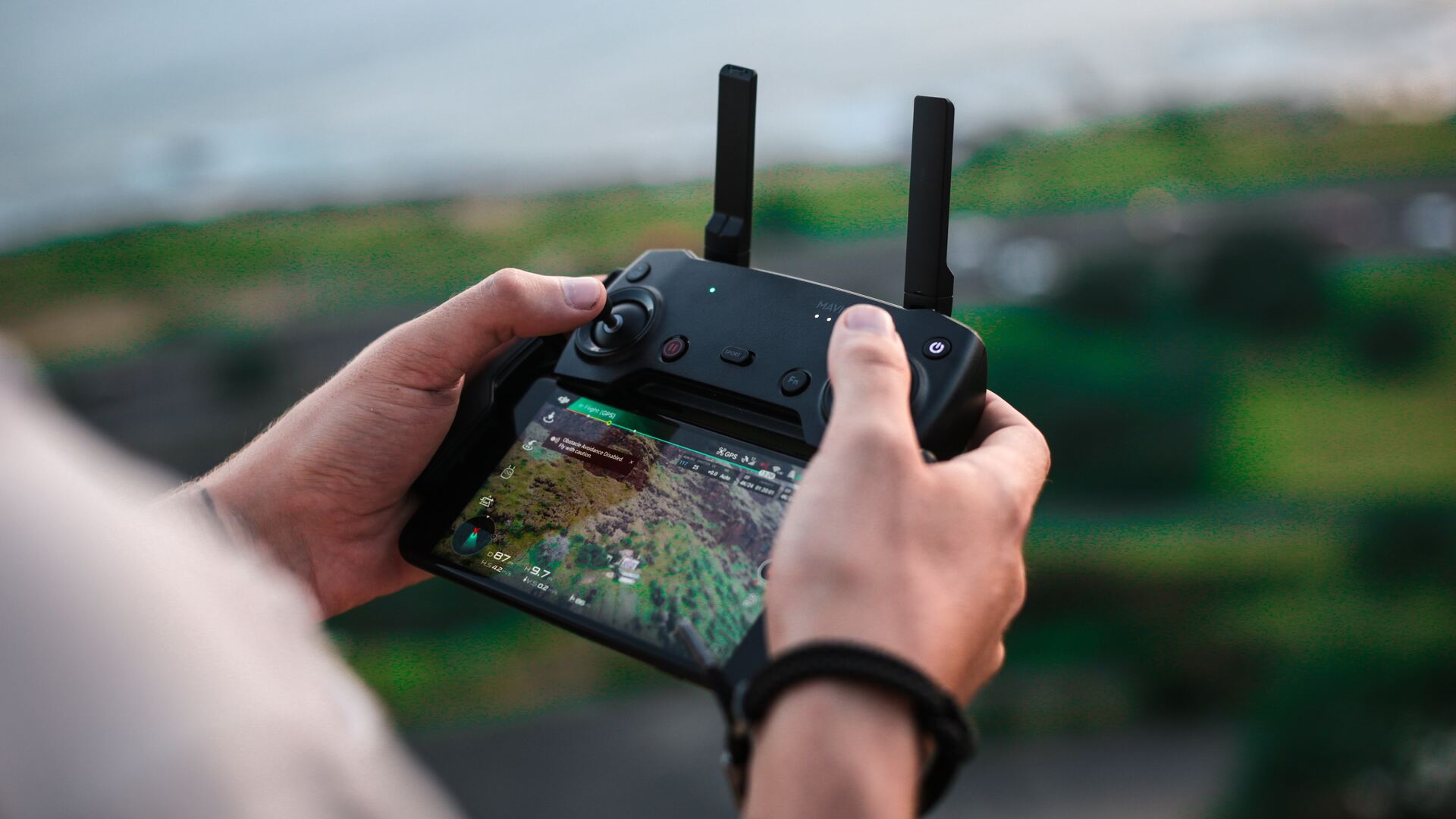Part of our first in-person 3DForEcoTech meeting in Prague will be a workshop day (15.06.2022). It is full of exciting talks. The whole workshop will be streamed, so if you want to watch it live, please register below, and we will deliver the streaming link to your e-mail on the day of the workshop.
Register HERE.
Program
7:45-8:45 Registration
8:45-9:15 Welcome from Vice-dean of the Faculty of Forestry and Wood Sciences, ČZU Prague
9:15-9:30 Welcome from Chair of 3DForEcoTech COST Action
Oral Session 1 9:30-10:30
Chairperson: Ninni Saarinen
- Daniel Kükenbrink: Towards an operational implementation of close-range remote sensing within the framework of the Swiss National Forest Inventory
- Cédric Vega: Terrestrial laser scanning for volume equations in the framework of the French National Forest Inventory
- Peter Surový: iScanForest application – measurement of forest features using iPhone LiDAR capability
- Kim Calders: Digital Twins: The Potential of Realistic Forest Stand Reconstructions from Terrestrial Laser Scanning for Radiative Transfer Modelling
Coffee Break 10:30-11:00
Oral Session 2 11:00-12:30
Chairperson: Suzanne Marselis
- Markus Hollaus: The SilviLaser 2021 Benchmark Data Set
- Julián Tomaštík: Low-cost GNSS-based positioning as a tool for proper co-localization of data from differing sources
- Bernhard Höfle: LiDAR simulation with HELIOS++ and the object-based tree database pytreedb for development of 3D/4D point cloud algorithms & deep learning
- Martin Krůček: 3D Forest 2.0: Redesigning the software for processing point clouds for forestry and forest ecology purposes
- Stefano Puliti: Tree height-growth trajectory estimation using uni-temporal UAV laser scanning data and deep learning
- Eetu Puttonen: Hyper-temporal Long-term Observation and Learning of Forest Functioning Dynamics through TLS station
Lunch 12:30-14:00
Oral Session 3 14:00-15:30
Chairperson: Carlos Cabo
- Markus Eichhorn: What is the leaf area of a tree?
- Soma Maxime: Estimation of Spatial Distribution of Leaf Area Density in Canopies from Terrestrial LiDAR Point Clouds
- Eva Lindberg: Mapping of forest biodiversity from dense airborne laser scanning data
- Jesper Erenskjold Moeslund: Using lidar to characterize high-dark-diversity forest habitats
- Harry Owen: Three-dimensional structural plasticity and light capture in Mediterranean Forests
- Oded Liran: Remote Sensing Index of Electron Transport Rate Relates to Light Use Efficiency and Crop Stress
Coffee Break 15:30-16:00
Poster Session 16:00-16:30
Oral Session 4 16:30-18:00
Chairperson: Sruthi Krishna Moorthy Parvathi
- Péter Ódor: A European platform of forest multi-taxon biodiversity (Cost Action CA18207)
- Sorin Herban: Current Practices in UAS-based Environmental Monitoring – 16219 COST HARMONIOUS
- Michal Bošela: Recent ecological research in beech-fir primary forests in Slovakia
- Ivaylo Tsvetkov: Remote sensing technologies in forest ecosystem monitoring as a reliable alternative for the future – some illustrative examples, Bulgaria
Social dinner 19:30 (https://ufleku.cz/)
Poster Session 16:00 – 16:30
Azra Čabaravdić: Characterisation of the black alder (Alnus glutinosa (L.) Gaertn.) patches supported with handheld device derived data
Azra Čabaravdić: Forest vegetation analysis supported with spectral diversity prediction in natural monument “Tajan”
Andreas Andreou: University of Nicosia (UNIC)
Carlos Cabo: Realistic 3D fuel models in forest plots from ground-based point clouds
Enrico Tomelleri: Does the VAIA storm show us that we need a new paradigm in Silviculture?
Gal Kušar: What could be 3DForEcoTech COST Action contribution to National Forest Inventories
Chiara Torresan: LasUAV: a UAV-LiDAR system for forestry applications
Kamil Král: Ultra-High-Density Unmanned Laser Scanning for Large-Area Mapping of Individual Trees
Kate Hand: What’s the best way to measure the leaf area of urban trees?
Gokul Kottilapurath Surendran: Tree species classification from RGB images based on tree bark implemented into terrestrial photogrammetry process
Nusret Demir: Primarily Results of Calculating Crown Parameters of Various Citrus Trees with UAV-Based Image And LIDAR Data






